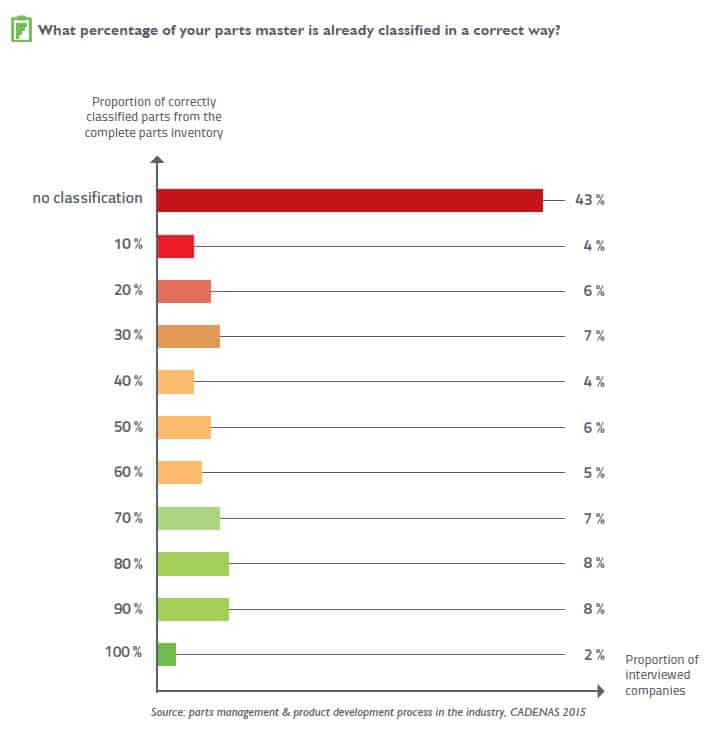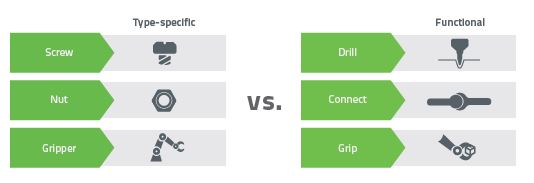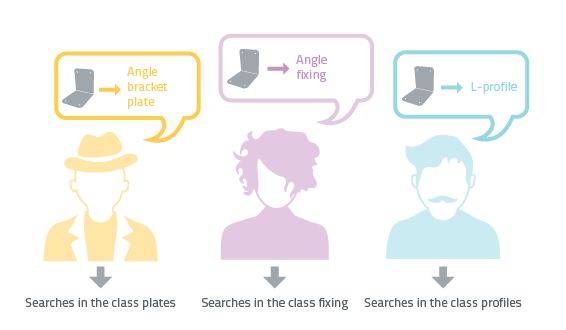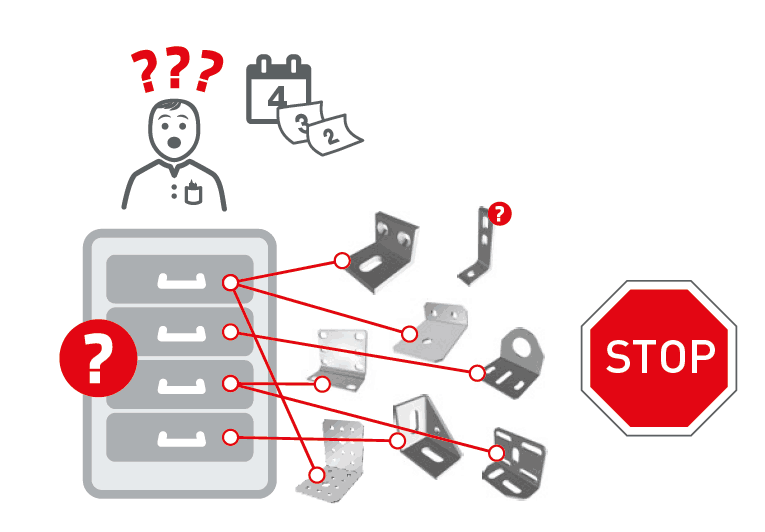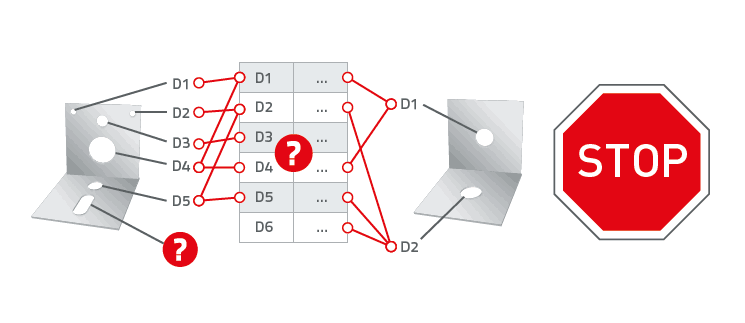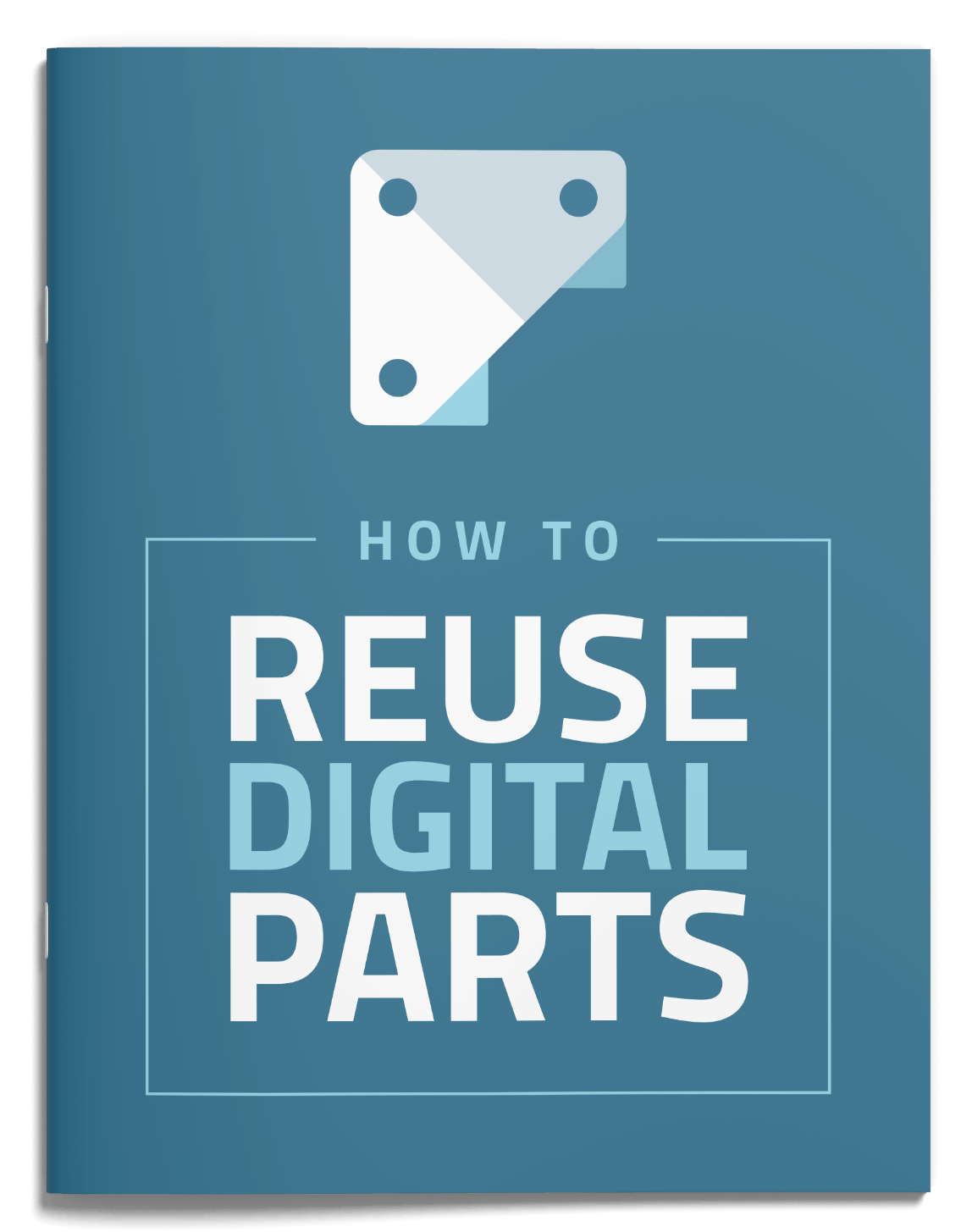With Classification 2.0 PARTsolutions Strategic Parts Management Software does the Heavy Lifting
Why are manufacturers using parametric reference models instead of laborious manual classification?
Only a few companies have a classification system for their standard, supplier and company parts, because manual classification is very complex and above all, prone to error. CADENAS PARTsolutions offers a simple and quick solution with Classification 2.0 and the Strategic Parts Management software PARTsolutions.
According to a recent survey by CADENAS, 43% of companies have no classification for their parts master:
Many companies would like to benefit from the advantages of parts classification, but come into problems already in the introduction stage. In traditional classification the following obstacles must be taken into consideration:
Obstacle 1: Which system is the right one?
When introducing a classification system manufacturers can be classifying by the parts function (connecting, milling, drilling …) or or by the part-type / specification (screw, nut …).
Obstacle 2: Time-consuming manual classification
To manually assign parts into an existing classification system is very time-consuming and costly. The process is manually and painstakingly done by humans, errors are extremely likely.
Obstacle 3: Little correlation between the users methodology nomenclature
Different employees have a different perception of how a part should be classified correctly. According to expert estimates, the matching rate of a component classified by three different employees is around 30%.
Remove the variables by Classifying through a reference model
Instead of laboriously, manually adding each individual component to a specific class, Classification 2.0 allows for a reference model to be set in each class by its geometrical characteristics. If for instance, an L-profile with certain dimensions is necessary, the system looks for parts that are geometrically similar to the parametrically pre-populated reference model.
In contrast to the traditional classification, with Classification 2.0 there is no complex manual work necessary. The consideration of the geometry in the classification has the advantage that it is language-independent and thus much less prone to error.
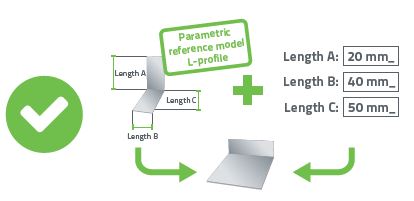
Ability to consider drill holes thanks to topology search
Some shortcomings of the conventional classification systems can also be compensated: If for instance drilling holes should be regarded in the classification, then additional classes would be actually necessary for the amount of holes (L-profile with 2 holes, L-profile with 3 holes …).
With Classification 2.0, it is possible to take part classes (e.g.: L-profiles) as well as the amount and sizes of holes into account. With a topology search the system finds in your database the exact component with the necessary drillings for your design in a quick and easy way.
More Information about Classification 2.0 and the Strategic Parts Management PARTsolutions can be found here.
Learn More: Get These Free eBooks
The Basics of SPM
SPM vs. Classification
MBE / MBD for Mfgs
Adam Beck
Latest posts by Adam Beck (see all)
- 2025 Industrial Marketing Summit Announced for February 26-28 in Austin, TX - May 31, 2024
- Engineering the World’s Longest Solar Eclipse - April 9, 2024
- How AR CAD Models and Apple Vision are Helping Engineers Become Tony Stark - March 12, 2024
